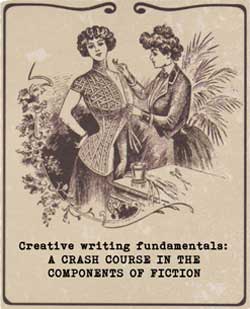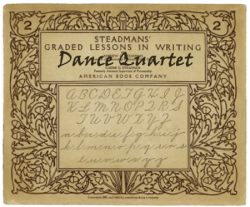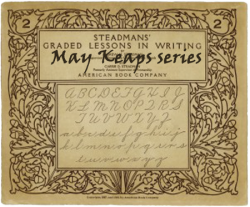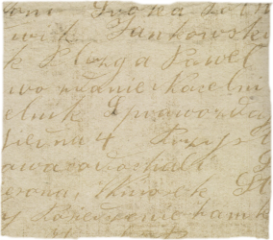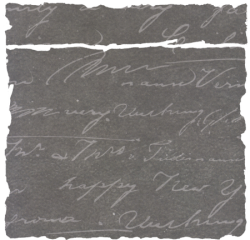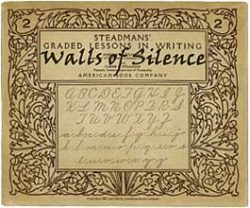Everything, ultimately, in successful story-telling is about balance– too many words, not enough tension, more action, fewer scenes, movement v static description – the list is as long as you can bear to acknowledge. That is why there is no magic formula, and no right answers when my students ask me what is the one thing they must do to make a story work.
Because here’s the thing: when you make changes to an single element such as a more suspenseful mid-point, you will have to alter the rest of the narrative (to a greater or lesser extent) to accommodate it and keep everything in kilter. It’s all about structure. And the weight of the components of fiction relative to each other within that structure.
Pair them up to see this for yourself. Put one in the left balance tray and decide which is its opposite number (not an exact science, this). Adding more substance – more writer or reader focus and attention – and the scale will tip one way or the other. My rule of thumb to assess balance in a first draft (and you have to have written the story out in order to judge the relative weight of things) pits these components:
character versus plot
setting versus character
dialogue versus interior monologue
main plot versus sub plot(s)
action versus narrative summary
theme versus dramatic tension
the beginning versus the end
Part of crafting effective rewrites – which is, after all, where all writers hone their skills – is getting a feel for the overall balance of the piece. The weight assumed, by design or default, to the various crucial elements of the story. It comes down to employing judgement. Making tough decisions. Cutting some things and fettling with others until every tray of every balance scale feels it has the just-right weight. Think Goldilocks.






